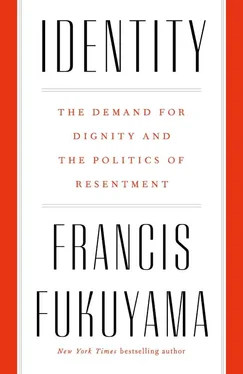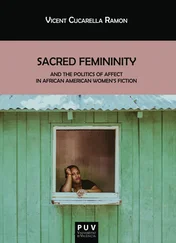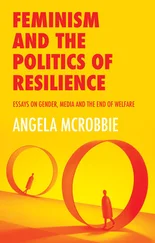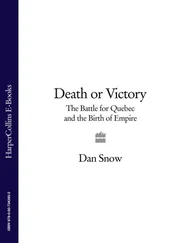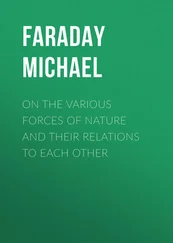In Europe, the French have a long history of thinking of citizenship in political and territorial terms; though technically practicing jus sanguinis, their relatively easy terms for naturalization have permitted the almost-automatic acquisition of citizenship for second- and third-generation immigrants. {8} French nationality has traditionally been defined as loyalty to the republic, the French language, and a French education; the Senegalese poet Léopold Senghor was admitted to the prestigious Académie Française in 1983 because of his contributions to French literature.
Germany, Austria, and Switzerland (as well as Asian democracies such as Japan and South Korea) have by contrast traditionally based citizenship on jus sanguinis and have made naturalization difficult. Before Germany’s laws were somewhat liberalized in 2000, second- and third-generation children of immigrant parents from Turkey or other Middle Eastern countries speaking perfect German could obtain citizenship only with great difficulty. By contrast, ethnic Germans from the former Soviet Union and other Eastern Bloc countries could be naturalized on proof of German ethnicity, even if they spoke no German. {9} Japan has one of the most restrictive systems of citizenship and naturalization of any developed democracy, as well as sharp limits on immigration, with the result that it is one of the least diverse of the Organisation for Economic Co-operation and Development (OECD) countries. {10}
Individual European countries began reforming their citizenship laws in the 2000s. {11} In some respects these changes were helpful to social integration, shifting away from jus sanguinis and establishing a set of criteria for naturalization that could be plausibly met by an aspiring immigrant. New citizens were expected to demonstrate knowledge of the country’s history, to understand its political institutions, and to speak the national language with a certain proficiency. But in some cases, these requirements were made so demanding that it seemed they were meant to exclude rather than include. The German state of Baden-Württemberg, for example, made acceptance of gay marriage a condition of citizenship, a curious requirement in light of its own conservative Catholic heritage. {12}
Beyond these formal citizenship rules, outright racism and other, more subtle cultural barriers deterred assimilation. {13} Adjectives such as German , Dutch , and Danish have always had an ethnic connotation. Whereas an immigrant to the United States born in Guatemala or Korea can proudly assert that he or she is an American from the moment after taking the naturalization oath, it is much harder for German citizens of Turkish descent to say that they are German, even if they were born in the country and speak German as their native language. The Netherlands is famously tolerant, but that tolerance is built around parallel communities rather than integration on an individual level. Under “pillarization” ( verzuiling ), the Protestant, Catholic, and secular communities for many years maintained their own schools, newspapers, and political parties. When Muslims started arriving in significant numbers, they were often channeled into their own pillar, where they attended school only with other Muslim children. The Dutch system had worked well historically in maintaining social peace in a divided society, but in the twenty-first century it is an obstacle to assimilating immigrants of a very different culture.
The new Eastern European member states of the European Union were even less willing to accept culturally different newcomers than the original founding countries. The Soviet occupation of the region after 1945 and its imposition of Communism on them froze their social and political development. Unlike West Germany or Spain, they were not forced to wrestle with their nationalist pasts, nor did they make an effort to entrench liberal values in their citizens. They had virtually no experience with immigration and were among the least diverse societies in the developed world. After 1989 they gladly threw off Communism and rushed into the EU, but many of their citizens did not embrace the positive liberal values embodied in the new Europe. As a result, Hungary’s Viktor Orbán could declare that Hungarian national identity was based on Hungarian ethnicity, just as Adolf Hitler had declared that German identity was based on German blood. Brussels was seen by many new Eastern European leaders as a threat, primarily because it opened the door to unlimited immigration from the Middle East and Africa.
Another EU member state that had never fully accepted a European identity was Britain. For years Britain was the one key EU country that possessed a loud Euroskeptic fringe, represented by important parts of the Conservative Party and by newer groups such as the UK Independence Party (UKIP) under Nigel Farage. {14} Britain’s unexpected vote to leave the European Union in June 2016 was predicted to have disastrous economic consequences, but the issue for many Leave voters was one of identity rather than economics. The vote is perhaps understandable in light of the historical legacy of English identity.
English Euroskepticism is rooted in a long-standing belief in English exceptionalism. The country was conquered in 1066 by a French dynasty and for the next several hundred years had a history deeply intertwined with that of the Continent. But when Henry VIII broke with the papacy in the early sixteenth century and created a separate Protestant national church, a distinctive sense of English identity began to take root. According to the historian Alan Smith,
the feeling of national identity and uniqueness continued to grow, reaching an apogee in the reign of Elizabeth when it was given classic expression in one of the most influential works in the whole of English literature. John Foxe’s Acts and Monuments … was a resounding statement of the theory that Protestant England was God’s “elect nation,” superior to the enslaved Papists of the Continent and entirely independent of all authority apart from that of the Crown… That was the theory of English and later of British nationhood which was to prevail from then onwards until the 1970s, when membership of the European Community once more subjected the country to the decisions of an external authority. {15}
This sense of separation was strengthened by the country’s defeat of the Spanish Armada, and by the political struggles surrounding the Civil War in the seventeenth century, which established the sovereignty of Parliament. That hard-won sovereignty was something not easily given up: if one listens to the rhetoric of the Brexiteers, the Continent is still enslaved, this time not by a pope or emperor, but by the European Union.
National identity in Europe is today confused, to put it charitably. Proponents of the European Union have not succeeded in creating a strong sense of pan-European identity that supersedes the identities of its member states. Those national identities are tenacious and vary tremendously among themselves, ranging from relatively open ones that could accommodate diverse populations, like that of France, to others that create deliberate barriers to the assimilation of immigrants, such as the one espoused by Hungary. The region is not threatened by immigrants so much as by the political reaction that immigrants and cultural diversity create. The anti-immigrant, anti-EU demons that have been summoned are often deeply illiberal and could undermine the open political order on which the region’s prosperity has been based. Dealing with this backlash will depend not on a rejection of identity itself, but on the deliberate shaping of national identities in ways that promote a sense of democratic and open community.
Compared to most European countries, the United States has had a longer experience with immigration and has developed a national identity better suited to assimilating newcomers. But this identity was the product of political struggles over prolonged periods and even today is not settled. It has been sharply contested by some since the election of Donald Trump as president in 2016.
Читать дальше
